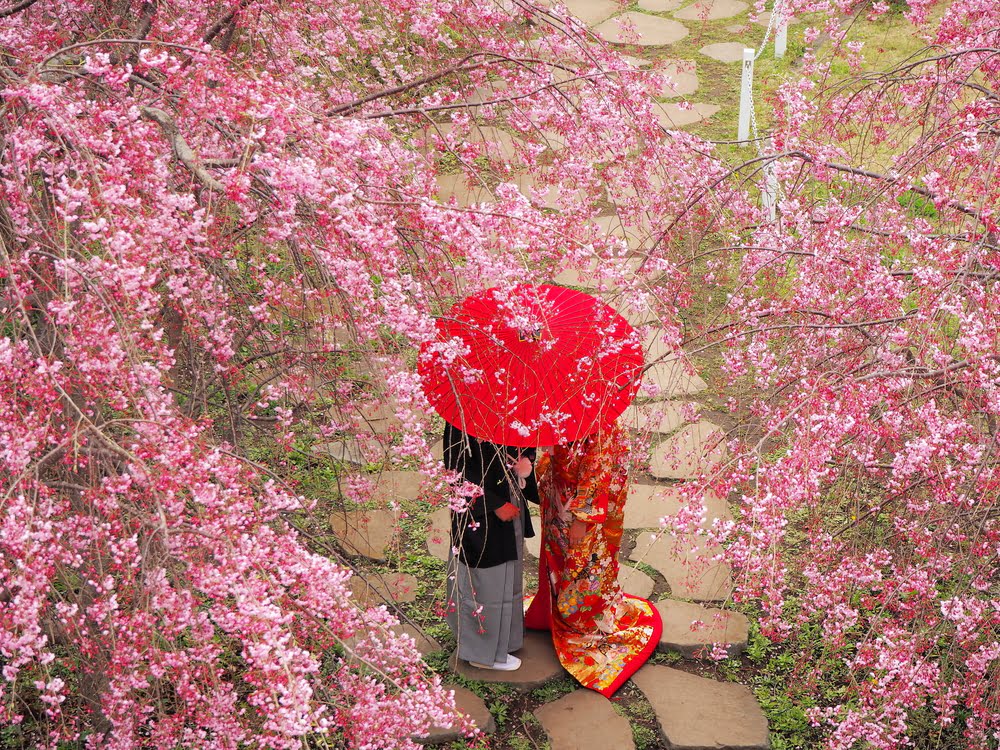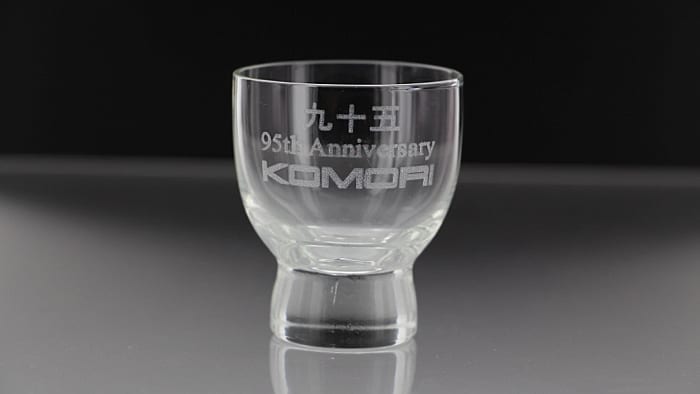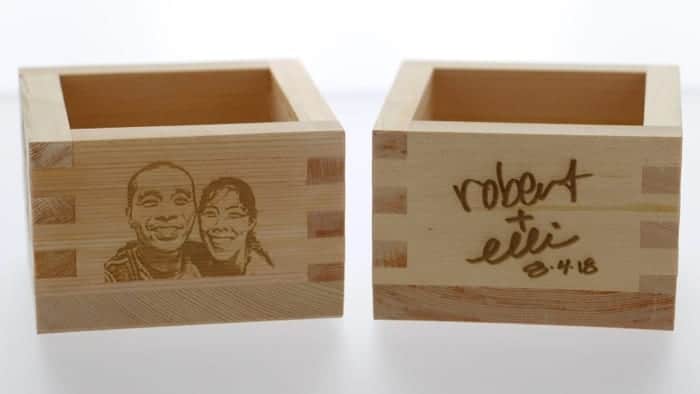Japanese hand fans are an important symbol in Japan. Warriors used them to form weapons, actors and dancers for performances, and children as toys. In Japan, fans are given to others as presents and serve as trays for holding gifts. You would also find them sometimes used in religious ceremonies and events.
The Japanese believe that the top of the fan’s handle symbolizes the beginning of life, and the ribs stand for the roads of life going out in all directions to bring good fortune and happiness.

History
Hand fans have a long history in Japan. The legends tell us that Japan was the homeland of the modern-day folding fan; evidence tells us that as early as the 6th century A.D. in Fukuoka, a wall painting of a burial mound showed drawings of fans. These were very similar to the Chinese-style ceremonial fans that we see.
The Japanese fan was influenced greatly and obviously modeled on the oriental hand fans of the Han Dynasty in China. There were two types of Japanese fans in the early days: the tuan shan “round fan” and the bian mian “screen fan.” The latter was any rigid fan that you could conveniently hold in hand.
Traditionally, the Japanese fans were like the Asian hand fans, made of feathers or silk stretched over a round or oval frame. Larger-sized fans made for ceremonial purposes were mounted on a long pole and used by attendants in the ceremonial support of high officials at important functions or processions.
Hand fans from Japan come in many different colors and patterns to suit the user. There are paper hand fans, as well as the more decorative sandalwood fans.
Today, in traditional situations, Japanese fans play an important role. Many ladies still like to use hand fans as a means of keeping cool in the hot weather. And for performance purposes. Over the past few years, folding fans have also become popular as a wedding and shower favor, providing guests with a practical and fun gift.



